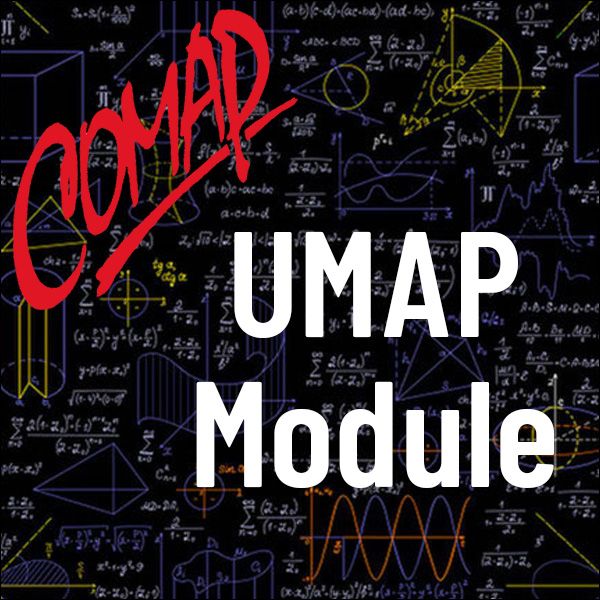Applications of Cubic Equations (UMAP)
Author: Yves Nievergelt
This module demonstrates the methods known as forward analysis and backward analysis to prove in advance the degree of accuracy of the real solutions of some real cubic equations computed using Stumpff's formula and Kahan's formula, with comparisons to an iterative solver. Applications include the computation of
• yield-to-maturity (internal rate of return) of three-year bonds with annual interest,
• the position of a comet along a parabolic orbit, and
• the ratio of orbital radii for which the Hohmann transfer is more fuel efficient than other transfers.
Table of Contents
1. INTRODUCTION
2. INEQUALITIES FOR PERTURBATION ANALYSIS
3. FORMULAE TO SOLVE CUBIC EQUATIONS
3.1 Cardano's Formulae
3.2 Stumpff's Formulae
3.3 Kahan's Formulae
4. YIELD RATE OF THREE-YEAR BONDS
4.1 The Yield-to-Maturity of Bonds with Periodic Interest
4.2 The Yield Rate of Three-Year Bonds with Annual Interest
4.3 Analysis of the Computed Yield Rate
5. POSITION OF A COMET
5.1 Kepler's and Newton's Laws
5.2 Parametrization of a Comet's Parabolic Orbit with Time
5.3 Backward Analysis of a Comet's Position
5.4 Forward Analysis of a Comet's Position
5.5 Kirch's Great Comet of 1680
6. COMPUTATION OF HOHMANN'S ORBIT-TRANSFER THRESHOLDS
6.1 Error Analysis of the Computed Solution
7. CONCLUSIONS
8. SOLUTIONS TO SELECTED EXERCISES
REFERENCES
ACKNOWLEDGMENTS
ABOUT THE AUTHOR

Mathematics Topics:
Application Areas:
Prerequisites:
You must have a Full Membership to download this resource.
If you're already a member, login here.